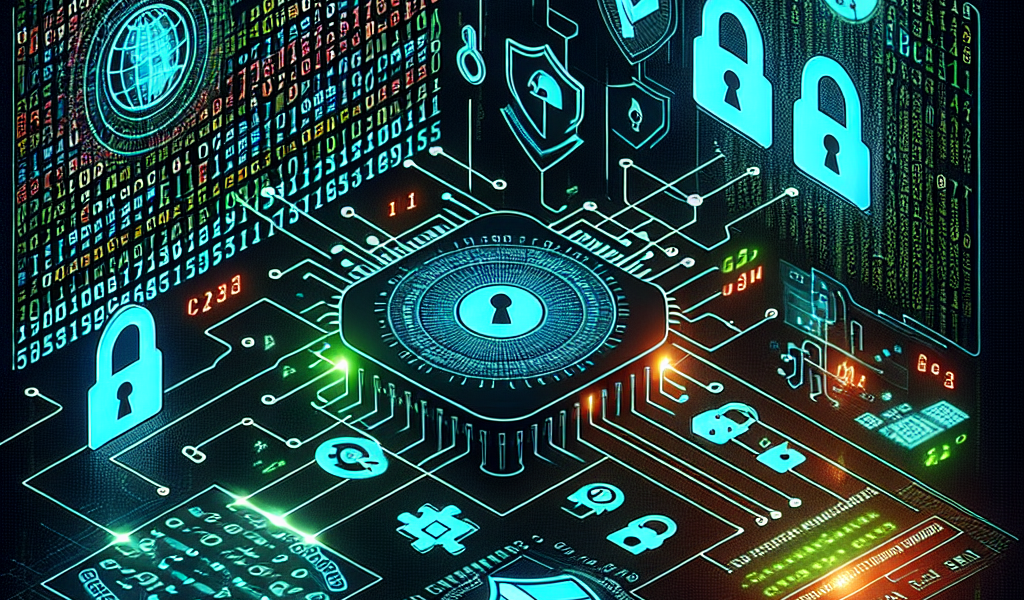In today’s digital landscape, the stakes for data security have never been higher, especially for entities handling sensitive information under the Criminal Justice Information Services (CJIS) regulations. Understanding CJIS Ready data encryption standards isn’t just a compliance requirement; it is a strategic imperative that safeguards against data breaches and unauthorized access. As cyber threats evolve, so too must our approaches to protecting sensitive criminal justice data. This article dives deep into the essential facets of CJIS compliance and the advanced encryption standards that can empower organizations to secure their data effectively.
Overview of CJIS Compliance and Data Encryption Standards
The Criminal Justice Information Services (CJIS) Division of the FBI oversees a wealth of data that includes sensitive criminal justice information. Compliance with CJIS regulations is non-negotiable for law enforcement agencies, governmental organizations, and contractors that handle such data. At the core of CJIS compliance lies a robust framework of standards designed to ensure the confidentiality, integrity, and availability of this critical information. Among these standards, data encryption plays a pivotal role in safeguarding sensitive data against potential breaches.
Data encryption standards mandated by CJIS outline specific requirements for protecting data both at rest and in transit. This involves not only the use of strong encryption algorithms but also the implementation of key management practices that align with industry best practices. While many organizations may view compliance as a checkbox exercise, it is essential to understand that failing to adhere to these standards can lead to dire consequences, including legal repercussions and reputational damage. By investing in CJIS-ready encryption technologies, organizations can not only meet compliance requirements but also foster a culture of security that prioritizes data protection.
Understanding the nuances of CJIS data encryption standards is critical for organizations looking to navigate the complexities of compliance successfully. Key aspects include the necessity for encryption protocols to utilize approved algorithms such as AES (Advanced Encryption Standard) with a minimum key length of 128 bits. Additionally, organizations must develop comprehensive policies to manage encryption keys throughout their lifecycle. Furthermore, regular audits and assessments are vital to ensure ongoing compliance and identify potential vulnerabilities within an organization’s data security framework. By adopting these practices, agencies can fortify their defenses against both internal and external threats.
Key Techniques for Implementing CJIS Ready Data Security
Implementing CJIS-ready data security requires a multifaceted approach that goes beyond merely applying encryption algorithms. One of the most effective strategies is to adopt a layered security model that combines encryption with other security measures. This includes employing strong access controls, multi-factor authentication (MFA), and continuous monitoring of data access and usage. By integrating these components, organizations can create a more resilient security posture that not only meets CJIS requirements but also enhances overall data protection.
Another essential technique is to focus on employee training and awareness. Even the most sophisticated encryption measures can be rendered ineffective if users are not educated about security protocols. Regular training sessions that cover the importance of data security, potential threats, and best practices for using encrypted data can empower employees to be proactive in safeguarding sensitive information. This knowledge transfer is often overlooked but is crucial for creating a security-first culture within any organization.
Moreover, organizations must stay abreast of evolving technologies and standards in the field of data encryption and security. This includes leveraging cloud-based encryption solutions that offer flexibility and scalability while ensuring compliance with CJIS standards. By continuously evaluating and updating their security frameworks, organizations can mitigate the risks associated with outdated technologies and practices. Staying informed about emerging threats and adopting innovative encryption solutions will not only bolster compliance but will also position organizations as leaders in data security within the criminal justice sector.
In summary, understanding and implementing CJIS ready data encryption standards is not merely a matter of regulatory compliance; it is a critical strategy for safeguarding sensitive information against an ever-evolving threat landscape. By adopting a layered security approach, prioritizing employee education, and staying updated with the latest encryption technologies, organizations can ensure they are not only meeting but exceeding CJIS requirements. With the right focus and resources, safeguarding sensitive criminal justice data can transform from a daunting challenge into a streamlined, proactive strategy that enhances both security and trust. For those committed to data integrity, the journey toward robust CJIS compliance starts now—take the initiative to explore these advanced techniques and fortify your organization’s defenses today.




